There are many challenges
According to the Government’s assessment at the Regular Meeting on March 3, in the first two months of 2023, our country’s macro-economy was basically stable, inflation was controlled, major balances of the economy were preserved and guaranteed. Consumer price index (CPI) in February increased by 0.45% compared to that in January, an increase of 0.97% compared to that of December 2022; there was an average increase of 4.6% in the first 2 months of the year.
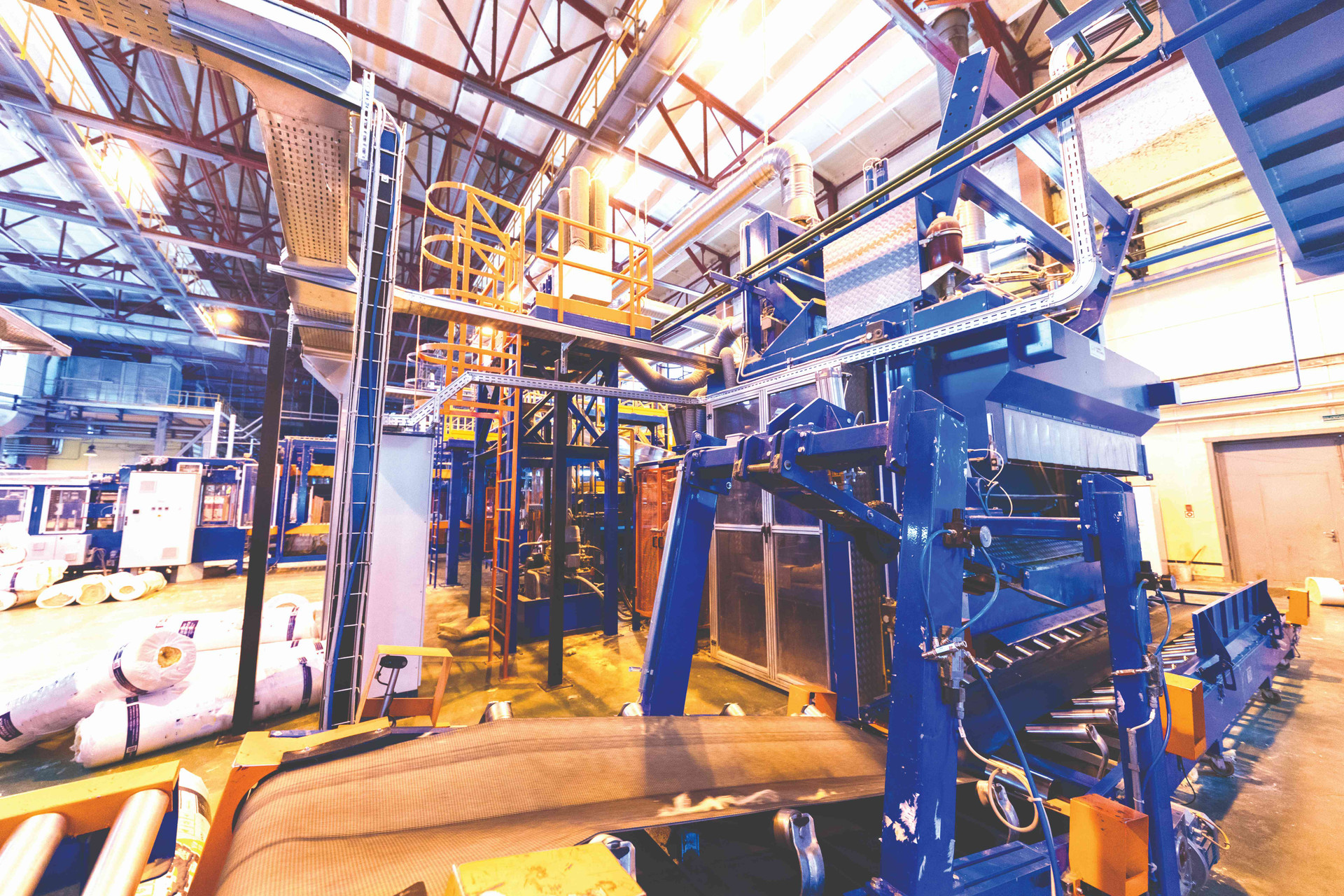
The main sectors and fields of the economy continued the trend of recovery, stability and development. In which, tourism had a quick recovery, domestic tourism in the first two months of the year reached over 20 million people; the number of international visitors reached over 1.8 million people- 36.6 times higher than that of the same period last year.
In addition, all levels, branches and localities keep having focus on removing difficulties for the real estate market, corporate bonds, procurement of drugs and medical equipment. Especially, disbursement of public investment for the implementation of the program of Socio- Economic Recovery and Development, 3 programs of national targets, important infrastructure projects, and policies to free up resources should be promoted. In addition, barriers and obstacles in terms of law should be removed as well.
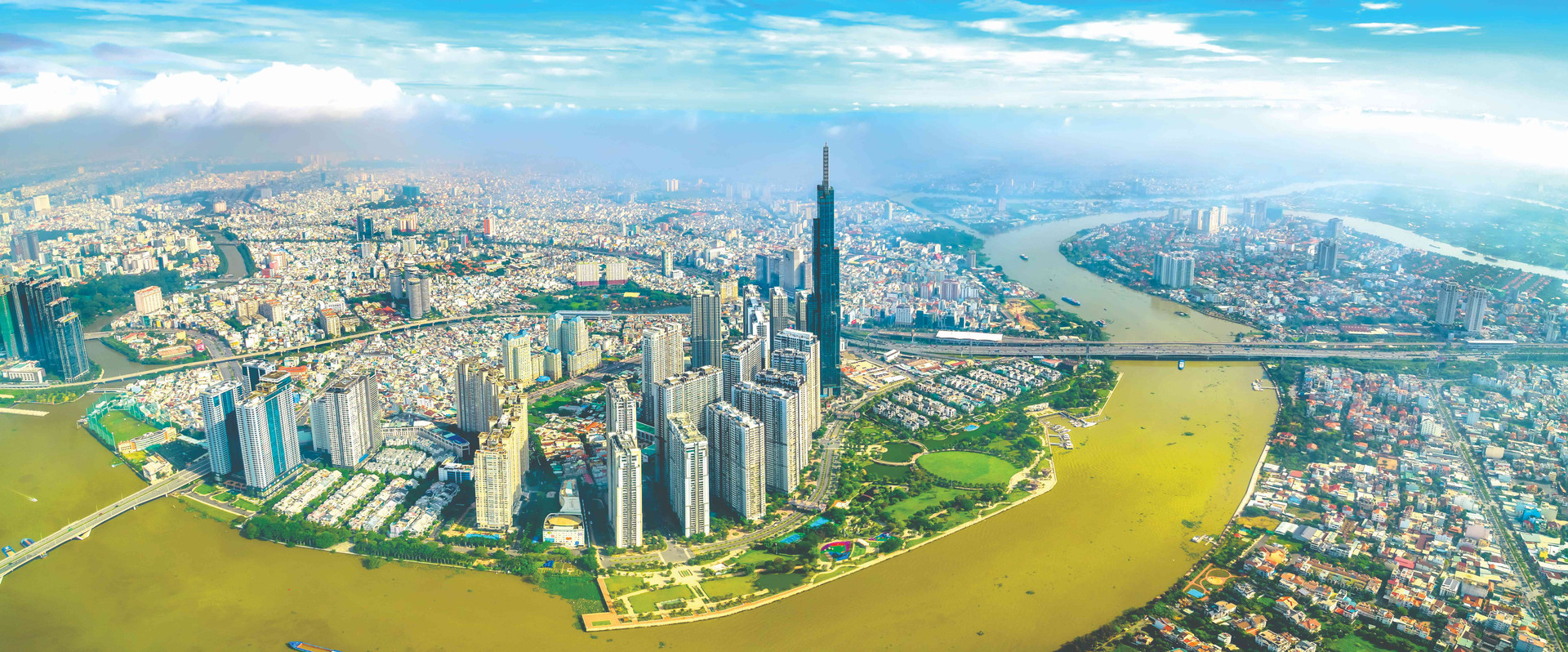
According to analysis by Dorsati Madani- WB’s senior economist, Vietnam’s economy experienced a strong recovery in 2022, with the growth rate of 8%, exceeding the average rate of 7.1% in the period of 2016- 2019... Due to domestic and foreign impacts, GDP growth is expected to slow down at 6.3% in 2023. However, also according to WB, Vietnam is still able to implement measures to boost the growth.
There have been many inadequacies in our economy: it has been facing difficulties and challenges, macroeconomic instability, pressure from high inflation and increasing risks of bad debts. Many industry sectors have low growth rate or even declined. The total import-export turnover had a decrease year-over-year. Public disbursement is slow, not meeting requirements.
Business activities also faced many difficulties. The number of enterprises (enterprises) registering for new establishment and returning to operation in 2 months decreased by 11.2%, the number of enterprises withdrawing from the market increased by 14.5% year-over-year; some enterprises continue to reduce working hours and cut workers. The corporate bond and real estate markets have been still face many difficulties...
Facing increasing risks
According to the Government’s assessment, in the coming time, the world’s economic growth will slow down, risks will increase and strategic and geopolitical competitions among large countries will be complicated and unpredictable... In the country, business and production will face difficulties: liquidity pressure from the real estate market, increasing stock price, increasing risks, and complicated happenings of diseases, disasters and climate changes...
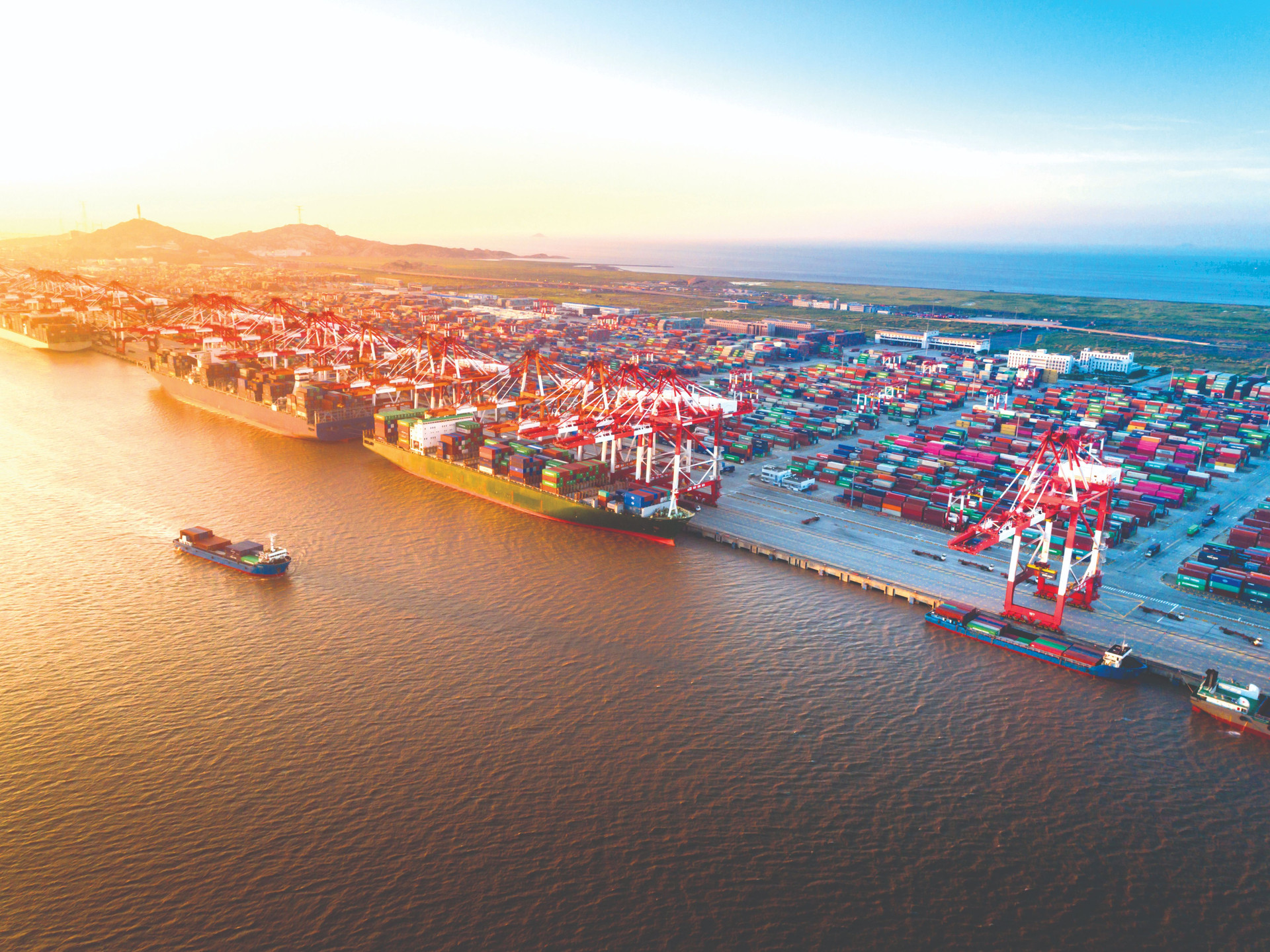
Prime Minister Pham Minh Chinh requested all levels, sectors and localities to focus on consistently implementing the goals of stabilizing the macro- economy, controlling inflation, promoting growth, ensuring great balances of the economy; ensuring proactive, drastic, coordination in direction and administration, making it suitable to the situation, overcoming difficulties and challenges, taking advantage of time and opportunities for socio- economic recovery and development.
The Ministry of Industry and Trade should assume its prime responsibility for and coordinate with agencies and localities in reviewing and promoting industrial development and restructuring, focusing on industries with potential, advantages, high added value. Focusing on solving difficulties of large industrial projects, which play an important role in the fields of electricity, oil and gas, processing industry, manufacturing, minerals... to soon put them into operation and increase production capacity. Producing and actively creating sources of raw materials and fuels for sustainable development. At the same time, connecting domestic enterprises to participate in the supply chains of FDI enterprises and large global enterprises. Promoting connection activities, stimulating domestic consumption, especially industrial products.
The implementation of the program on socio- economic recovery and development: So far there were over VND 81,100bn that has been disbursed for supporting policies. However, there is VND 15,162bn from 50 projects that are completing in terms of procedures to be reported to the National Assembly Standing Committee; implementation of the policy that supports
2% of interest is still very slow; there has not been a plan to promptly handle the source of revenue increase and savings from the Central budget of 2021 which was left over after being used for rent support for employees.(Resolution no.31/NQ-CP from the Government’s regular meeting in February 2023.)
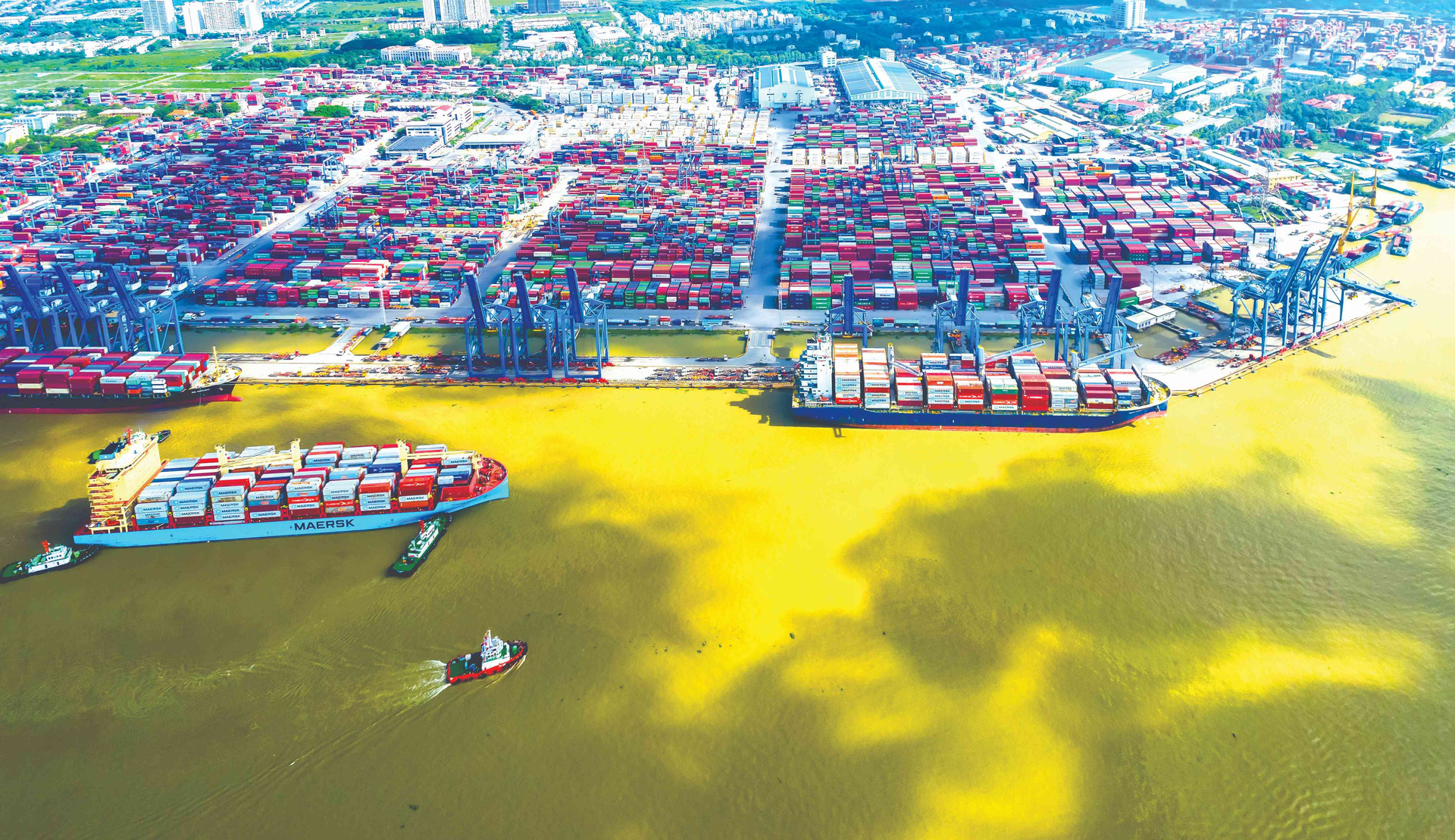
The banking sector should assume the prime responsibility for, and have coordinate with agencies and localities in operating monetary policy tools effectively; closely and synchronously coordinate with fiscal and other policies, contributing to maintaining macroeconomic stability, controlling inflation, stabilizing money and foreign exchange markets, and promoting growth.
Managing credit growth in accordance with a reasonable structure, timely meeting the credit capital demand for the economy. Directing credit institutions to apply credit- oriented measures to fields of production and business, areas of priority and driving forces of growth; having credit risk control for potential risk areas; reducing lending interest rates, increasing the accessibility of capital for people and enterprises, ensuring a reasonable and effective interest rate and in line with the requirements of inflation control... in order to promote and improve the efficiency of the relationship, developing linkages between sectors in the economy, between localities and regions throughout the country; having control over a number of value chains to build an independent and self-reliant economy associated with active effective international integration.








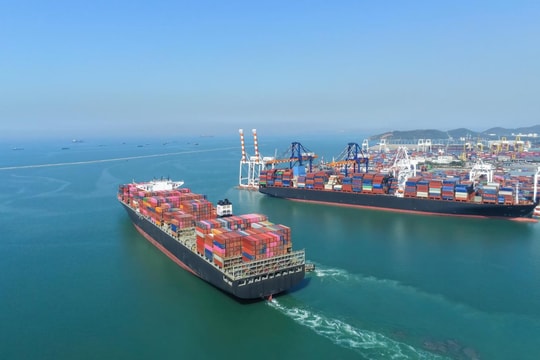

.png)
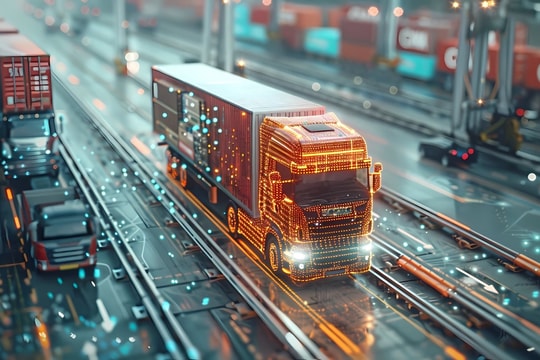

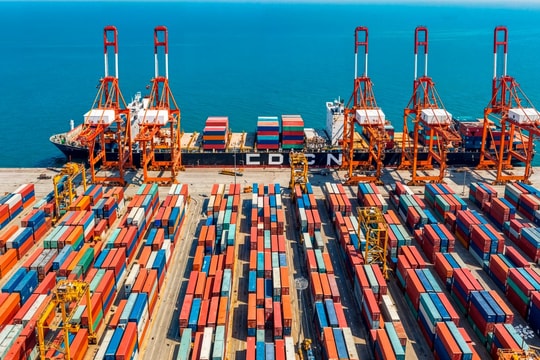




.png)